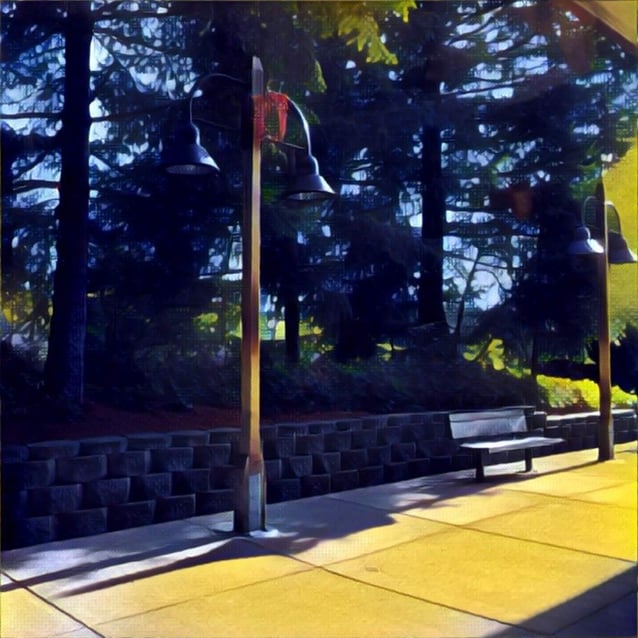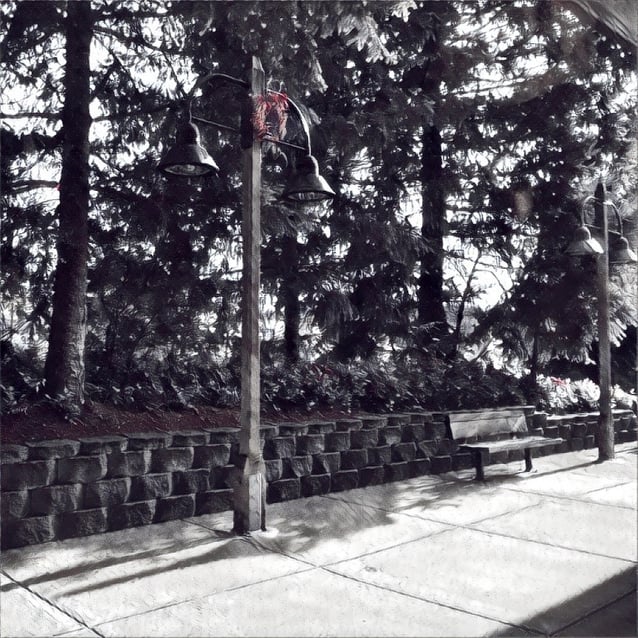Every project has a story that begins long before construction and ends further in the future than any of us prefer. Ideally, the project’s story is the same for those in the field as it is for those in the office. If you have ever worked on a long-term construction project, however, you know this is not the case most of the time. We all want our projects to have the same story. If you’re on a project now that may have a different story in the field than the office, you’ll need to bridge the gap between the two.
When was the last site visit on your project? If the answer to that question is “recently” or “soon,” you’re probably on a project with excellent communication and you already know how beneficial frequent visits to a construction site are. But if the only updates between the field and office are via e-mail and phone calls, you may be on a project with more than one story.
How Project Stories Diverge
In the distant past, if a construction project dealt with an unforeseen difficulty, the solution often was silently remedied on the spot by whichever crew found it. At that point, that project’s story diverged for that crew and the rest of the project team for the sake of keeping the project on schedule. It’s important to keep the project on schedule, but how many times have we heard about work that was done without being redlined only after the fact? Welcome to the world of Change Orders.
 Office staff may see a project like this…
Office staff may see a project like this…
Modern Technology Doesn’t Replace Human Interaction
Technology has revolutionized communication for all industries, providing nearly instant updates with our laptops and smartphones. These light-speed updates on a project do not guarantee everyone is continuously receiving the same information, though. Modern tools definitely ensure our projects are operating quickly and efficiently, but reports, e-mails, spreadsheets, and phone calls cannot fully replace human interaction. We can communicate at light-speed with each other from great distances, but we’re still people at the end of the day. The more in-person interaction on your project, the more likely the project will maintain one story through its duration.
 …while field staff may see it like this.
…while field staff may see it like this.
Make Sure Your Project Has One Story
Sometimes we don’t realize our project’s story is different for those at the construction site compared to those in the office until the final inspection or, even worse, years in the future when it’s discovered by an entirely different group of people.
You can take action to mitigate this possibility. The quality of your project may depend on it. If you’re in the field, ask your supervisor to come out for a visit to check on the project’s progress in person. If you’re in the office, see if your schedule and project budget can withstand an extra set of dusty, muddy, or snowy boots on the ground for a day. Or if you’re planning a future project, build site visits into the budget beforehand. By doing so, you will ensure your construction project has one story – the right one.

